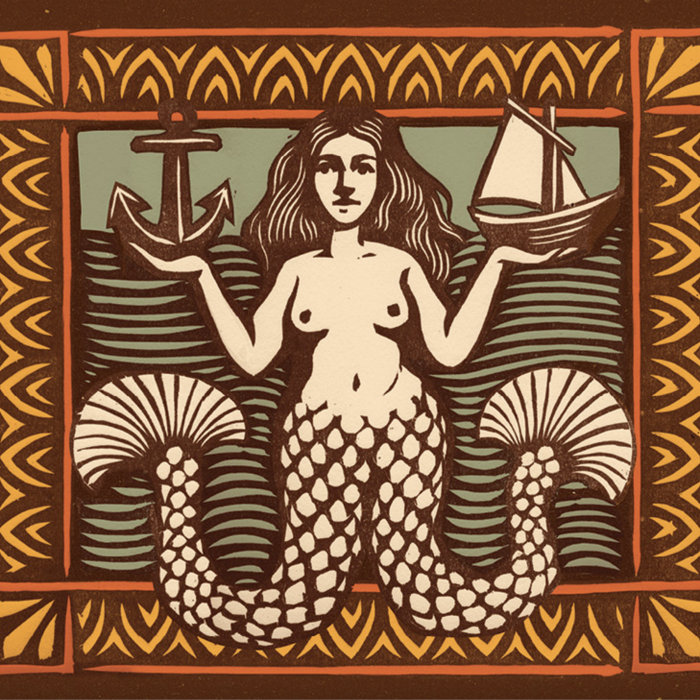
I Will Hang My Harp on a Willow Tree – Nuala Kennedy and Eamon O'Leary
this blog is GROOVY – check out great Soul, Funk, Jazz, Hip Hop, Bass, Breaks , Reggae, House n many more TUNES
Grab your pint, tap your toes, and let’s take a fun-filled journey through the vibrant world of Irish song! This lively genre is not just about jigs and reels; it’s a rich tapestry woven from centuries of history, culture, and some downright hilarious moments.
Irish music has been around for as long as folks have been tapping their feet to a beat—think back to the Celtic tribes strumming on their harps and flutes. We’re talking about roots that run deep into the soil of Ireland, with influences from everything around them: nature, folklore, and even the odd pub brawl or two!
In fact, many songs sprouted up from everyday life events. Whether it was celebrating victories in battle or lamenting love lost over a good pint (or seven), these tunes captured every nook and cranny of human emotion.
Now let’s talk instruments! When you think traditional Irish music, what comes to mind? The fiddle? Yes! The bodhrán (that cool handheld drum)? Absolutely! And don’t forget about uilleann pipes—those beautiful bagpipes that sound like angels singing after too many pints.
One funny tidbit: Some musicians claim that mastering the uilleann pipes takes decades because they’re harder than trying to teach an old dog new tricks—with one hand tied behind its back!
The dance forms known as jigs and reels are where it all kicks off. These catchy rhythms had people hopping around village squares long before TikTok existed. So picture this: crowds gathering for social dances while fiddlers played upbeat melodies. If you tripped over your own feet during a jig? No worries! It just meant you were having more fun!
By the 20th century, Irish music began morphing into several styles—melding folk with rock ‘n’ roll vibes like peanut butter meeting chocolate in an epic musical sandwich!
The Clancy Brothers, The Dubliners, and others brought traditional music onto larger stages worldwide—not only keeping those ancient sounds alive but also making them hip again. Imagine this: men dressed in sweaters belting out ballads so passionately that even non-Irish folks couldn’t help but sing along—even if they didn’t know what “sláinte” meant!
Fast forward to today—the likes of Thin Lizzy, U2, or Hozier blend classic Irish sounds with modern twists. With U2’s beloved track “With Or Without You,” you can feel echoes of those soulful ballads traveling across time zones.
And here’s a little chuckle for ya: ever heard how Bono got his stage name? Legend has it he snagged ‘Bono’ from “Bono Vox,” which means “good voice” in Latin… Talk about setting expectations sky-high right outta the gate!
Let’s sprinkle some humor on our melodic journey by diving into tales involving legendary figures:
Van Morrison: Known for his hit “Brown Eyed Girl,” Van is quite literally the reason why brown-eyed girls everywhere feel special when they hear that song play at weddings… except he hardly remembers writing it! He once joked that he would gladly trade half his hits just to remember how he created them—they might’ve come through dream states fueled by Guinness!
The Pogues: When Shane MacGowan sings “Fairytale Of New York” each Christmas season—a gem filled with chaos—you might wonder who really wrote lyrics like those… Spoiler alert: MacGowan himself claims most ideas come straight outta late-night bar conversations mixed heavily with whiskey vibes.
Ever seen an irate band member throw something across backstage during tour mischief? Well, according to rumor (and maybe satire), one infamous night prompted members from Flogging Molly dueling over pizza slices rather than musical differences—we’ll call it “The Pizza Wars.”
These days you’ll find bands cropping up all around—from Boston’s Celtic punk scene spilling into mainstream America—to Australia embracing Irish folk influences left-right-and-centre—inspires creativity beyond borders.
But here’s another quirky fact: Did you know kilt-wearing Scotsmen often get mistaken for … yep—you guessed it—Irish folks too?! Just imagine confused tourists asking why both nationalities enjoy drinking beer outta plastic glasses at festivals together while dancing wildly under colorful lights—it’ll make any traveler giggle!
So there you have it—a quick spin through history featuring toe-tapping rhythms wrapped inside delightful anecdotes popping throughout generations past till now—and we ain’t stopping anytime soon.
Irish song isn’t just music; it’s community spirit splashed across pubs sprinkled with laughter echoing stories told between friends—all hearty celebrations worthy raising our glasses high while shouting “Sláinte!” Who knows what new hilarity awaits us next?
Keep grooving my friends—and remember never trust anyone who says they’ve completed their pub crawl without bursting uncontrollably into song somewhere along the way! 🎶🍻

I Will Hang My Harp on a Willow Tree – Nuala Kennedy and Eamon O'Leary